|
May 24th to July 5th
Opening May 31st 3pm to 6pm Followed by a potluck Then: Music by Skull Tower 4E John O'Donnell and Peter Fulop .jpg) Amy Podmore and Brigitta Váradi |
| Recent bodies of work from Amy Podmore and Brigitta Váradi are pierced by crimson red. In the woods surrounding Peterborough, New Hampshire, these respective artists found formal and material inspiration during their respective residencies at MacDowell, the renowned artist colony. Though they participated at different moments, MacDowell allowed both to continue and sharpen their respective decades-long careful attention toward materiality: from the shiny to the dull and the natural to the artificial. For Re Institute, Podmore and Váradi present new and recent work with an eye toward the mythic textures of everyday experience.
Váradi is invested in the cultural heritage of the Rusyn people, a stateless and often unrecognized Slavic ethnic group Indigenous to the Carpathian Mountains. Drawing on the Rusyn lifeways practiced by her ancestors, Váradi staged a performance in a wintry landscape cloaked in a red Hunia– a woolen overcoat with both practical and ceremonial significance. Refracted through a camera, Váradi’s performance manipulates scale, symmetry, and palimpsestic layering as she wanders a snowy yet lush Northeastern landscape. Permission to be– HUNIA, highlights Rusyn resilience in the face of historic and ongoing violence, while also recalling a broader history of folkloric associations, from Little Red Riding Hood’s iconic cape to East Asian beliefs around the red string of fate that binds important human connections. Váradi’s video performance shares sonic space with Podmore’s new moving image work, Fifteen Degrees, a poignant illustration of human fallibility. While at MacDowell, Podmore wandered those same Peterborough woods recording the creaking sounds made by trees leaning up against each other. The resulting work is a play of silhouette, two human forms– shadows from small vintage boxing thumb puppets—pushing, falling, and rising again in a scene of resilience underscored by an uncanny soundscape. Fifteen degrees is the extent to which a tree can lean before becoming dangerous; the title and sounds introduce a sense of risk and precarity. As Podmore records, amplifies, and manipulates the ASMR-inducing noises of tree trunks rubbing against each other in the wind, these sonic textures infiltrate and inflect Váradi’s own wandering, where trees serve as witness. The scraping sense of trees threatening collapse echoes the floor-based composition of Fall, where a field of branches Podmore collected in the woods resembling figures in various states of slippage. As in earlier works by Podmore, a single element, in this case petite red socks, renders an abstract composition legible as bodily. Floorbound, this array of legs illustrates, with some whimsy, related ideas of support, stumbling, and collectivity. Socks reappear in Podmore’s Tower, wherein an array of clay socks and two hands are draped over three welded armatures. Devoid of both the softness of textile and a wearer, the piece evokes a certain disjointedness in its staged collision of bodily traces and the industrial textures, but also a quiet restfulness. Assuming a lifelike presence in the space, and in dialogue with her red Hunia, is Váradi’s ambitiously scaled felted work, With their backs to the mountains. Born of a collaboration with the sheep of Turkana Farms (Germantown, NY), the work features the transforming textures and colors of roughly forty ewes over a multiple-year period whose life cycles shape the evolving direction of the work. Váradi’s raw wool is sourced from Turkana’s annual shearing, which is highly variable in color, shade, texture, length, and volume. Thus these sheep are critical collaborators, introducing chance procedures to Váradi’s process in addition to her already steadfast attention to the material quality of raw wool. Like Permission to be– HUNIA, this work is also invested in the lifeways of the Rusyn people, recalling traditional Carpathian garments that protect wearers from severe climates, as well as ceremonial dress for weddings and baptisms. Visitors are warmly invited to rest on a bench draped in the coarse wool of the Turkana sheep, and to inhale its earthy scent and to graze its unique textures, as well as take home a small pot of nourishing Mama cream, a folk remedy derived from pig lard. Together these works serve as a reminder and illustration of the interrelations between human and animal lives. When discussing the Re Institute project with these artists, both invoked the idea of the “fairytale,” as a guiding principle within which they were working. From trees as witnesses, to animals as collaborators, to the woods as a site of fecund meaning, Váradi and Podmore’s recent work finds meaning in the key tropes and images of a storybook. Rather than striving toward clear morals, comfort, or nostalgia, however, these works leave space for anomaly, surprise, and the peculiar. While Váradi’s practice carries ancestral images and techniques forward as a carrier of cultural meaning, Podmore’s works use whimsy to address the symbolic and metaphoric experience stumbling, and thus human interdependence. Tied through place and the striking use of bright red, these works together demonstrate the fable not as a mode of escapism, but a place of material inquiry and embodied history and memory. Tales are told through wool and clay, sound and shadow, stumbling feet and familial garments. Through the mythic, the artists seek not resolution, but to dwell amid the textures and sounds of entanglement and resilience. - Meghan Clare Considine Exhibition curated by Henry Klimowicz. Gratitude for the generous support of a McDowell Residency, the 1434 Foundation MacDowell Fellowship 2024, Williams College and The Re Institute. Brigitta Varadi’s project was commissioned (2024) by the River Valley Arts Collective and supported, in part, by a Foundation for Contemporary Arts Emergency Grant. Special thanks to Marisa Espe, Turkana Farm, Al Held Foundation, and MacDowell for their generous support and contributions. Amy Podmore lives and works in Williamstown, Massachusetts. She teaches at Williams College and has exhibited throughout the USA as well as in Mexico, Spain and Australia. Her piece, Audience, is currently on exhibit at MASS MoCA in North Adams, Massachusetts through November 2025. She has been the recipient of numerous awards including the Massachusetts Cultural Council Artists Fellowship in Sculpture, the Lillian Heller Curator’s Award and an Artist’s Resource Trust Grant. Amy Podmore received her MFA from the University of California, Davis. She participated in the MacDowell Fellowship residency in Peterborough, New Hampshire as well as in the Obracadobra residency in Oaxaca, Mexico, the Linea de Costa residency in Cadiz, Spain and the Skowhegan School of Painting and Sculpture residency in Maine. She has an upcoming residency at Sculpture Space in Utica, NY. Brigitta Váradi, an interdisciplinary artist lives and works in Pine Plains, NY. Váradi is a 2021 NYSCA/NYFA Artist Fellow in the Interdisciplinary category and a grantee of the Foundation for Contemporary Arts, the Arts Council of Ireland, the Leitrim and the Roscommon County Councils and Culture Ireland. She has received residencies and fellowships at MacDowell, the Museum of Arts and Design, the Civitella Ranieri Foundation, the NARS Foundation, the Marble House Project, the LOCIS-European Cultural Program, and the Leitrim Sculpture Center, among others Varadi has had solo exhibitions at Al Held Foundation, commissioned by the River Valley Arts Collective, Civitella Ranieri, Burlington City Arts Center, Westbeth Gallery, Budapest Gallery, Leitrim Sculpture Center, and others. Her work can be found in public collections, including a site-specific government commission administered by the Office of Public Works for the Department of Education and Science in Athlone, Ireland, a public art commission by Sligo County Council, and by Roscommon County Council, Ireland. |
|
Skull Tower 4E is an experimental sound
project developed by collaborating visual
artists John O’Donnell and Peter Fulop. If more
space left you can add: Their approach is
gestural and guided by spontaneous composition.
Using violin, guitar, circuit-bent toys and
analogue tape loops they find blends of melody
and texture to develop soundscapes.
|
.jpg)
Amy Podmore and Brigitta Váradi
.jpg)
Amy Podmore
.jpg)
Amy Podmore and Brigitta Váradi
.jpg)
Amy Podmore and Brigitta Váradi
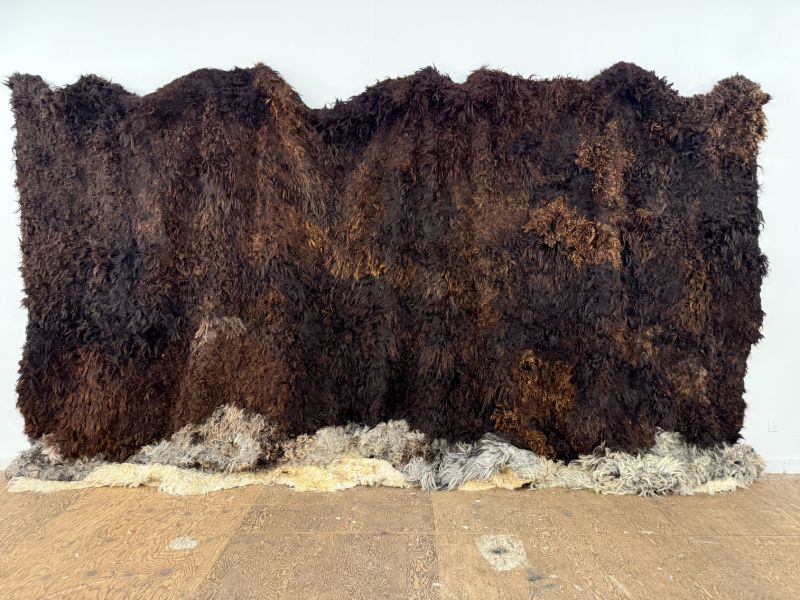
Brigitta Váradi
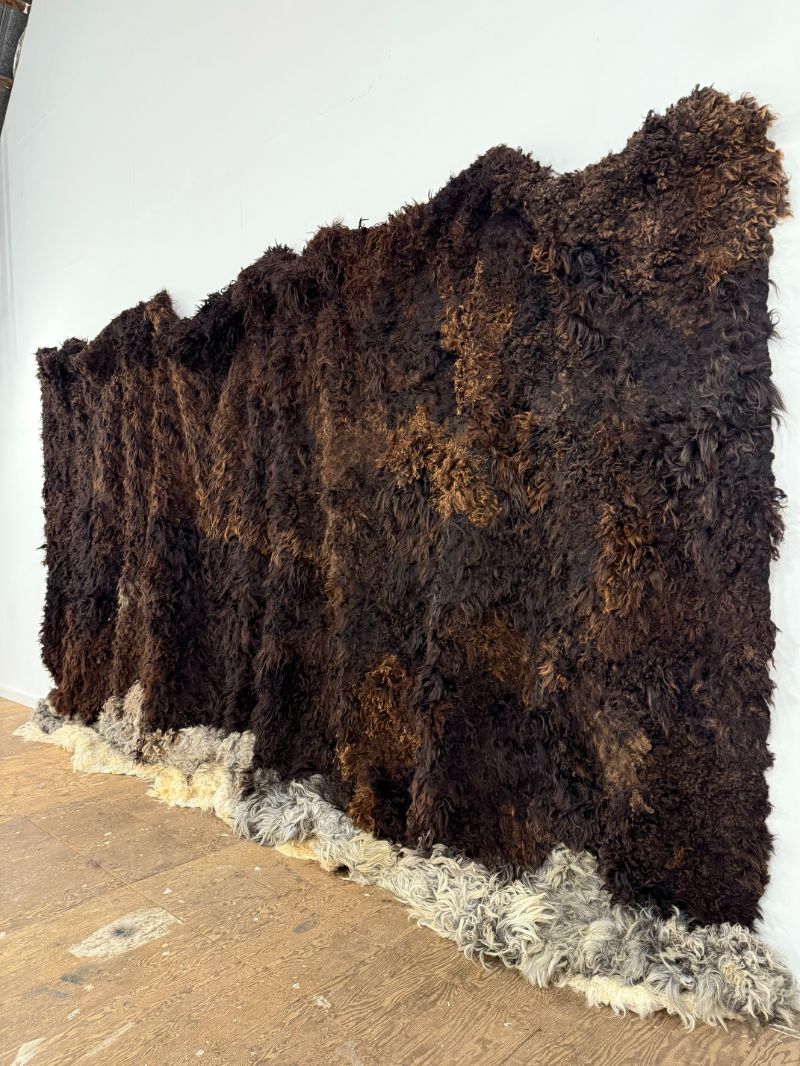
Brigitta Váradi
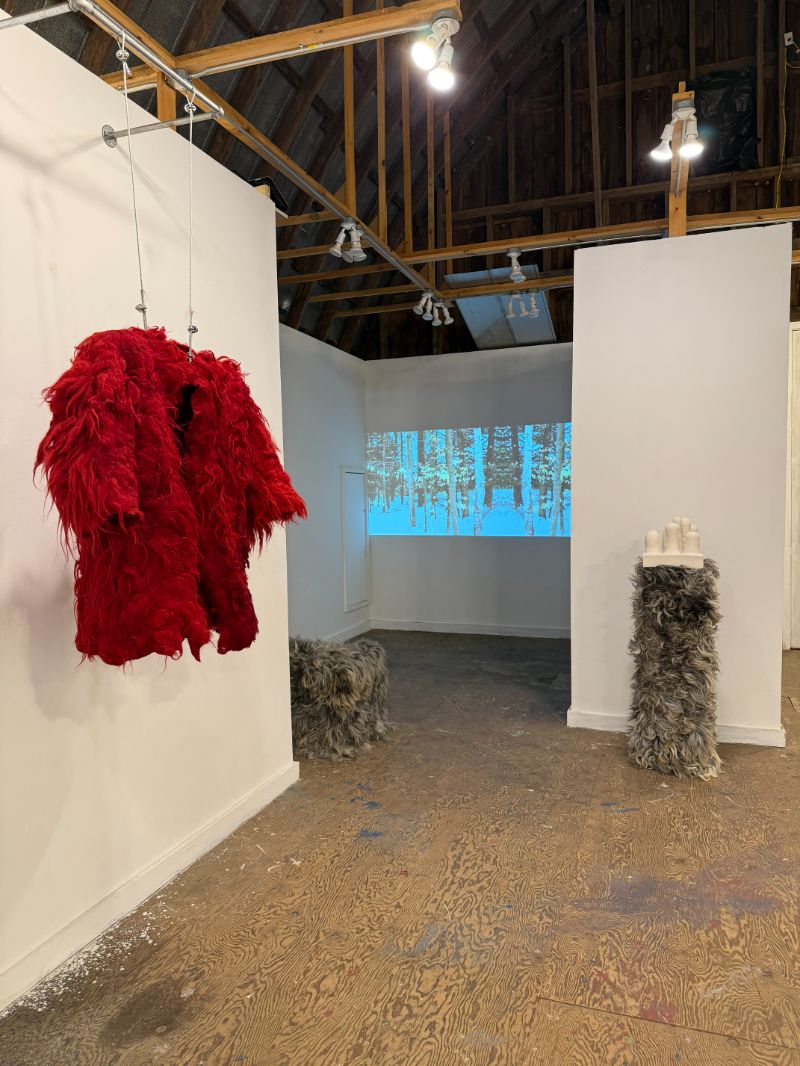
Brigitta Váradi
.jpg)
Amy Podmore
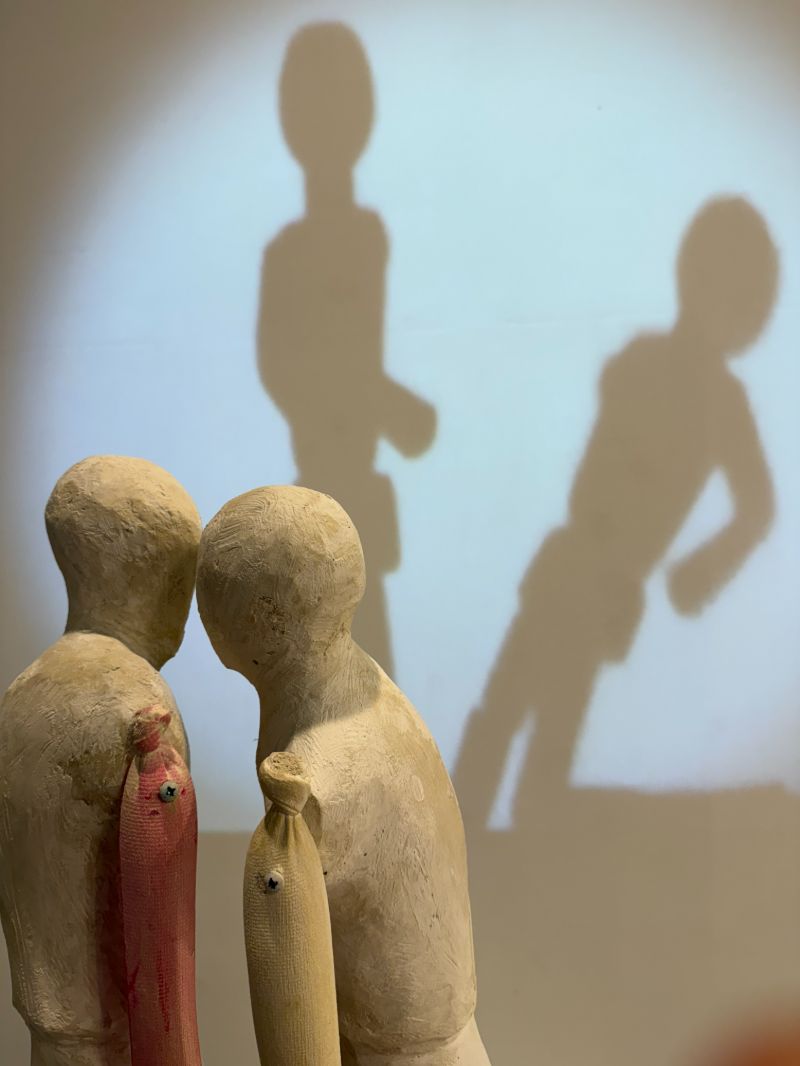
Amy Podmore
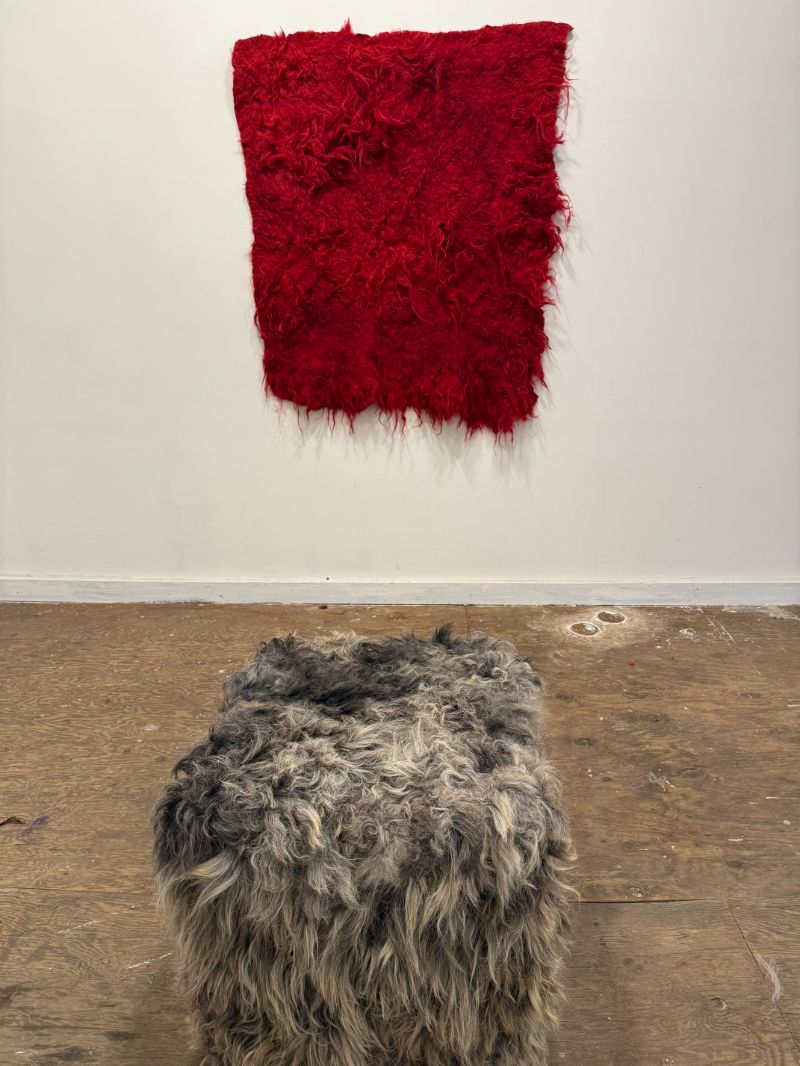
Brigitta Váradi
.jpg)
Amy Podmore